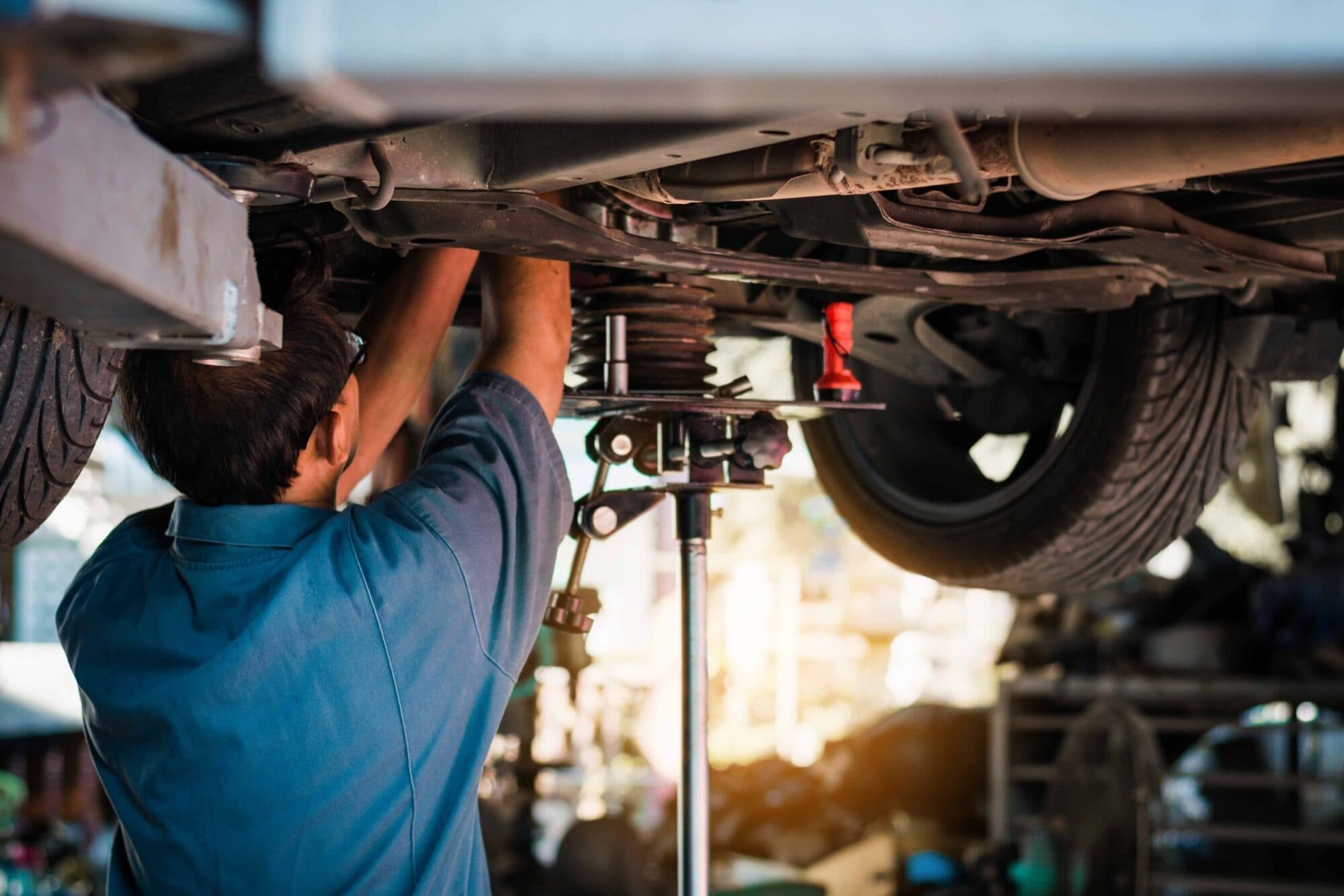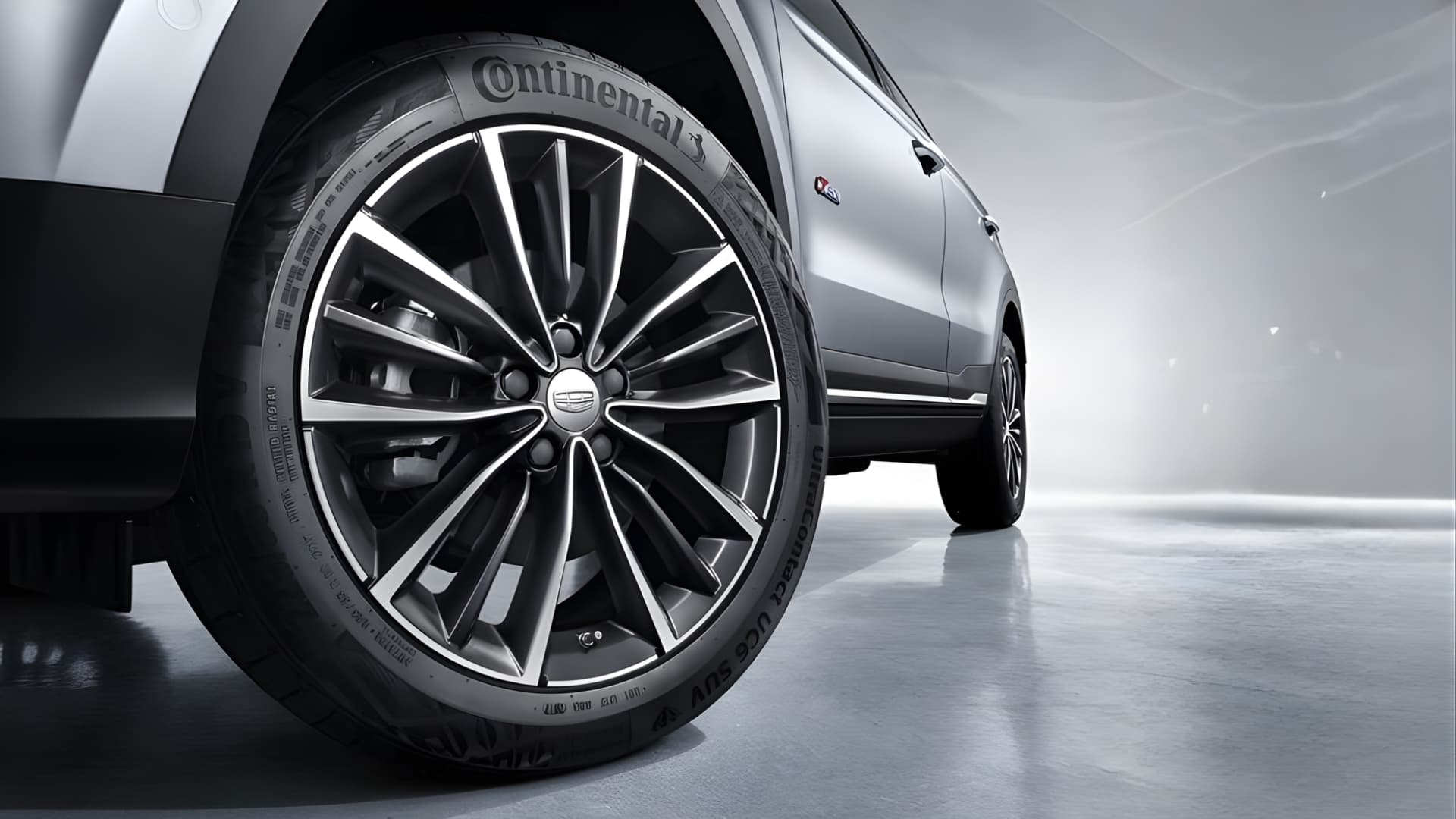
This comprehensive guide is designed to help you understand the importance of regular car servicing and how it can extend your vehicle’s lifespan while boosting its performance. Here, we cover all that comes with a car service from selecting a reputable mechanic to tracking the maintenance history for optimal results. Read on as this article walks you through what goes into getting a quality car service!
Key Takeaways
- Car servicing is an important part of maintaining a car’s optimal health and includes system checks, adjustments, parts replacements and oil changes.
- Car services can be classified into three types: Interim Service, Full Service and Major Service.
- Maintaining a full service history offers increased resale value & the ability to more easily identify potential issues - research reviews & certifications when selecting mechanic for best deal.
Understanding Car Servicing
Maintaining cars complex machines like cars requires regular inspection, maintenance and repair procedures that contribute to a long life of service, while still managing costs. Having your vehicle serviced regularly is the best way of ensuring optimal performance from it.
A car service includes system checks, and component inspections, plus replacing parts with new ones if needed, and an oil change and filter exchange during the process.
What makes up for a standard automotive service compared to simply passing a roadworthy test? It’s time to find out more about these things concerning car care!
The Purpose of Car Servicing
Regular maintenance for vehicles provides plenty of advantages, such as improved fuel economy, longer life span and averting expensive repairs. A minor service is what is generally recommended for most cars, which strives to substitute fluids, analyse wear and tear items, and replace components if needed, Including checking its cooling system operation. Automobile producers normally recommend having the car serviced between 10,000 to 15,000 kilometers, based on the vehicle’s model.
But it may be beneficial to have services conducted more often than that - every 6 months in cases where the automobile has exceeded 5 years old or accumulated high mileage levels -
preserving an extensive servicing history can raise your car’s resale value, indicating its condition had been properly maintained over time.
Car Servicing vs. safety inspection
It is essential to understand the difference between a car service and a safety inspection.
Maintenance or repairs aimed at sustaining the dependability of the car are known as a ‘car service’.
In Australia, a car service and a safety inspection serve different purposes. A car service, typically performed by a mechanic, involves a comprehensive check and maintenance of the vehicle, including oil changes, fluid top-ups, and checks on brakes, engine, and other key components to ensure the car runs efficiently and reliably. On the other hand, a safety inspection, often a legal requirement for registration renewal or sale, is a standardised evaluation focusing primarily on the vehicle's roadworthiness. It checks for basic safety aspects like tire condition, brake efficiency, lights, and seatbelts to ensure the car meets safety standards and is safe to drive.
Through regular servicing, attention can be drawn to potential issues before they grow worse, while having an annual check up through in order for legal reasons will make certain you drive away on safe roads – that’s what makes both services necessary!
Types of Car Services
Car services can be divided into three main categories: interim service, full service and major service. Interim car servicing is typically carried out every 6 months or after 10,000 kilometres of use, and involves fewer checks than a full or major one. Full maintenance check-ups are usually done once a year (or after 15,000 kilometres) while Major ones require more extensive replacements/repairs than the previous two types, performed approximately 45,000 kilometres apart from each other. All these levels of inspection ensure that your vehicle runs at its best performance all the time. They differ in their complexity as well as scope offered when it comes to taking care of your car’s health needs.
Essential Service
For those with fewer miles on their car each year, an interim service may be the ideal option. This form of maintenance is cheaper than a full service and includes basic checks and inspections for lights, brakes, tires, steering systems and suspensions as well as levels of all fluids needed to keep your vehicle in excellent condition. It’s also perfect for new drivers or anyone looking to get extra care without breaking the bank. By having this type of car service regularly it will ensure that your automobile stays up-to-date. So why not book one today?
Basic Service
A complete car service is more exhaustive than an interim one and includes all its components plus extra inspections, replacements of things such as spark plugs or air filters. Up to 80 assessments are performed on your vehicle so any potential problems can be detected right away during the full service. The procedure lasts roughly 3 hours in total and it’s suggested that a full check-up takes place annually or every 15,000 kilometres for cars.
Major Service
A major service is a more extensive option of maintenance in comparision to a full service that only offers general tasks. It involves various replacements and repairs such as brake fluid and coolant system checks for cars at milestones of 30,000-45,000 km which require considerable servicing. This type of elaborate procedure may take all day but will ensure the car can last longer with good condition maintained throughout its life span. On the contrary, minor services focus on basic routine work more suitable for standard upkeep rather than deep repairs or updates.
The Car Servicing Process
The servicing of automobiles requires three major stages: pre-servicing preparation, carrying out the service itself and then a post-service review. It is important that these steps are completed properly in order to guarantee your car gets top notch maintenance from a reliable mechanic.
In this article, we will look at each stage more closely so you can make sure you get maximum value from your vehicle’s upkeep process. We shall explain how every step should be taken for optimal results during car servicing operations.
Pre-Service Preparation
Before having your car serviced, it is vital to take a careful look over the vehicle and make sure there are no problems that need to be addressed before any servicing can occur. This includes inspecting for adequate levels of screen wash, adjusting tire pressure according to specifications, and making certain engine oil amounts satisfactory.
You should also research different service options so as to locate a dependable mechanic who will provide the kind of maintenance suitable for your automobile’s needs.
During the Service
During a car service, it is essential to keep an open dialogue with the mechanic while they are working. Ask them questions about what inspections and repairs need to be conducted or performed in order for your vehicle upkeep needs to be met. The mechanic should articulate any work that will happen as well as any additional services needed clearly during this process. It’s important for both of you to stay on top of communication regarding all aspects involved when servicing one’s car.
Post-Service Review
After the vehicle service is finished, checking over the presented report is a key step. The details of any carried out work and advice for upcoming maintenance should all be included in this document. Knowing these tips can assist you when making plans to keep your car running at its top condition. Before leaving, make sure that you talk with your technician about any worries or queries that may arise from looking through it.
Cost Factors in Car Servicing
The cost of car servicing can depend on a few elements such as the vehicle make and model, where it is located, and what kind of garage. Knowing these details may allow you to keep tabs on your service expenses so that you are sure to get quality work at an affordable rate. To understand each factor Let’s take a closer look at them one by one in more detail.
Location and Garage Type
The pricing of car servicing varies depending on the garage’s location and type. Mechanics in metropolitan or expensive regions are likely to charge more than those located in rural areas for their services. Larger companies may have discounts available while smaller garages provide specialized care that can impact costs accordingly. Car owners should take these factors into consideration when selecting a service provider if they want to get an idea about what the cost might be.
Vehicle Make and Model
When it comes to servicing a car, the make and model of the vehicle is important as certain vehicles may require particular parts or specialist knowledge that can push up prices. It’s wise to get familiar with what your car needs in terms of maintenance and find an experienced mechanic for its service who can give you quality work at competitive cost.
Additional Repairs and Replacements
When it comes to car servicing, the cost might become higher if extra repair or replacement of components is necessary. Elements that influence this additional expenditure include a lack of personnel available for labor, increasing wages, rising parts pricing and prevalent inflationary trends across industries. To avoid paying too much money for service repairs it’s important to keep an open dialogue with your mechanic and acquire from them all essential details about the upkeep needed as well as its related costs before any decisions are made regarding supplementary work on your car.
How to Choose a Reliable Mechanic
If you want your car to be taken care of in the best possible way when it comes to servicing, picking a qualified mechanic is essential. Herein we will provide tips on how to make sure that the service provider selected for these needs meets all standards required: researching reviews, verifying certifications and assessing communication skills are key steps in this process. Reading testimonials can give an understanding of what level of quality one can expect from a certain shop or individual offering their services regarding automotive maintenance. Checking qualifications and licenses related to automobile repair – which should be presented upon request - is a good way to engage into conversations with potential mechanics which may also reveal more about them. Attitude towards customers’ queries and overall level of professionalism shown during such exchanges serve as good indicators too.
Research and Reviews
To get a reliable mechanic, it’s recommended to check online reviews and solicit suggestions from friends, family members and coworkers. Examining customer feedback thoroughly can offer information regarding the quality of service provided by certain mechanics. Assessing different prices and services offered will also help you identify which one gives the best deal for your needs.
Communication and Transparency
It is important to make sure that you and your mechanic have a transparent, efficient dialogue in order for the job to be done properly. Pay attention when speaking with them. Assess their level of expertise by asking questions relevant to the situation. After evaluating reviews and qualifications, along with observing your interaction together, select an appropriate technician who meets all requirements accordingly.
Maintaining Your Car's Service History
Maintaining a full service history is critical for accurately diagnosing future problems and keeping the value of your car intact. It allows you to monitor when services were done, components replaced or any other repairs that took place.
The following paragraphs will discuss the advantages of having a complete record of maintenance activities as well as advice on how best to organize this data in an orderly manner.
Benefits of a Full Service History
Having a full service history can be very beneficial. It not only adds resale value to the car, but it also shows buyers that proper upkeep has been taken care of as well. This assurance helps generate trust in potential customers who are considering purchasing the vehicle, along with providing you an efficient way to diagnose possible issues and plan for future services if needed. With a complete service record at hand, you’re sure your car is being kept up-to-date on any maintenance tasks necessary for its optimal functioning condition.
Tips for Tracking Service History
To keep track of your car’s service history, store all records in one place such as a folder or binder and consult the owner’s manual for appropriate maintenance schedule. Keep note of each servicing date, mileage covered, and type of work done. Capture photos detailing any repairs or replacements to have proof visually of the job accomplished. Utilizing tech tools like apps dedicated to vehicle care can help you monitor said history plus remind yourself when services are due soon too.
Summary
It’s essential to keep up with your car servicing and repair in order to ensure optimal performance and extend the life of your vehicle. Being aware of different service options, selecting a reliable mechanic, as well as preserving an accurate service history, are all vital components for maintaining peak condition over time. Don’t delay that car service anymore, it will benefit you greatly!
Frequently Asked Questions
What does a car service include Australia?
When it comes to car servicing in Australia, usually a full vehicle evaluation and diagnostic checks are included as well as oil and filter changes. All other necessary fluids such as top-up or replacements will be done depending on the need of your particular car.
Should my car feel different after a service?
After servicing, you should expect your car to have a different performance. It is likely that the vehicle will experience improved braking and maneuverability as well as increased fuel efficiency, all of which make driving smoother and faster than before.
What is included in the automotive service?
A car service is necessary for the upkeep and performance of your vehicle. It includes an examination, verifying tire pressure levels and topping up fluids, as well as examining external engine belts, testing the battery plus cooling system, changing spark plugs and so on. These steps are essential to make sure your auto runs smoothly while maintaining its safety standards in operation.
What does major servicing include?
Major servicing is based on the manufacturer’s logbook recommendations and how many kilometres a car has travelled. It typically involves replacing spark plugs, filters, fluids, as well as inspecting brakes, engine belts and hoses for wear or damage. Tyres need to be checked too along with steering/suspension systems’ parts such as lights and controls. Timing belt replacement may also take place in major service sessions.
What is the difference between a car service and an MOT?
A car service is intended to make sure a vehicle’s performance stays optimal, while an MOT is mandated by law as an annual safety check. Both of these services are designed with the objective to keep your car running smoothly and in good condition.




